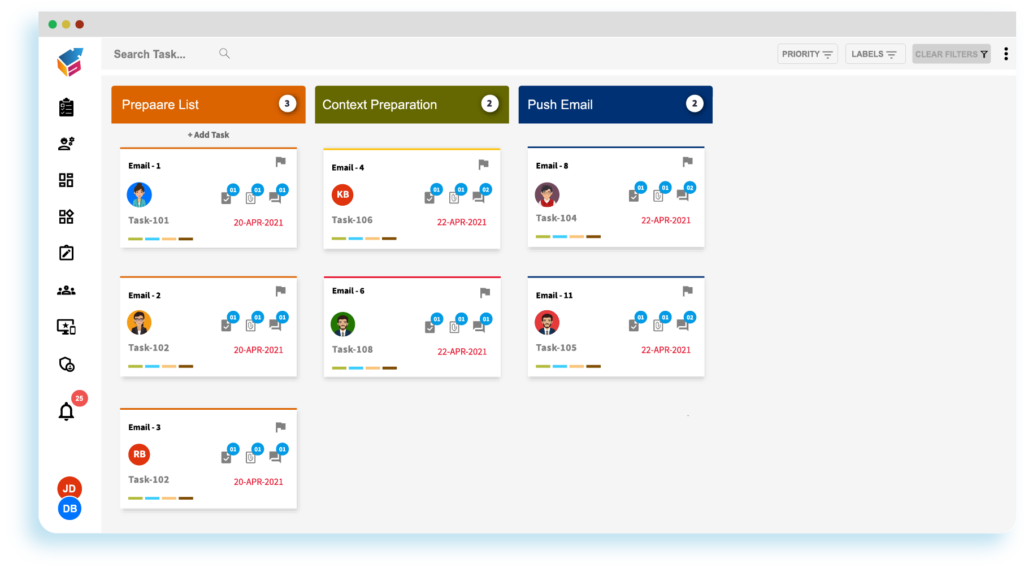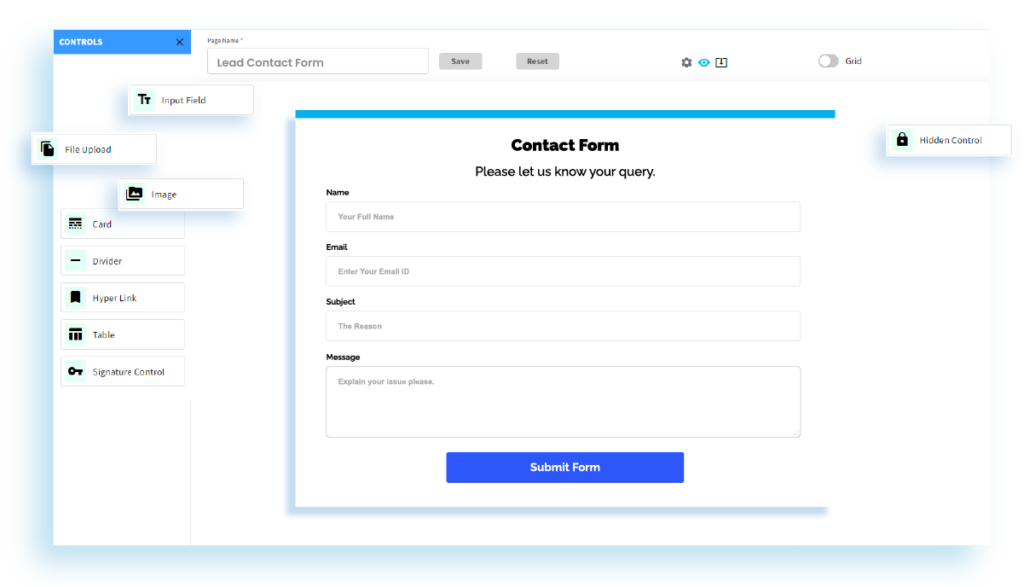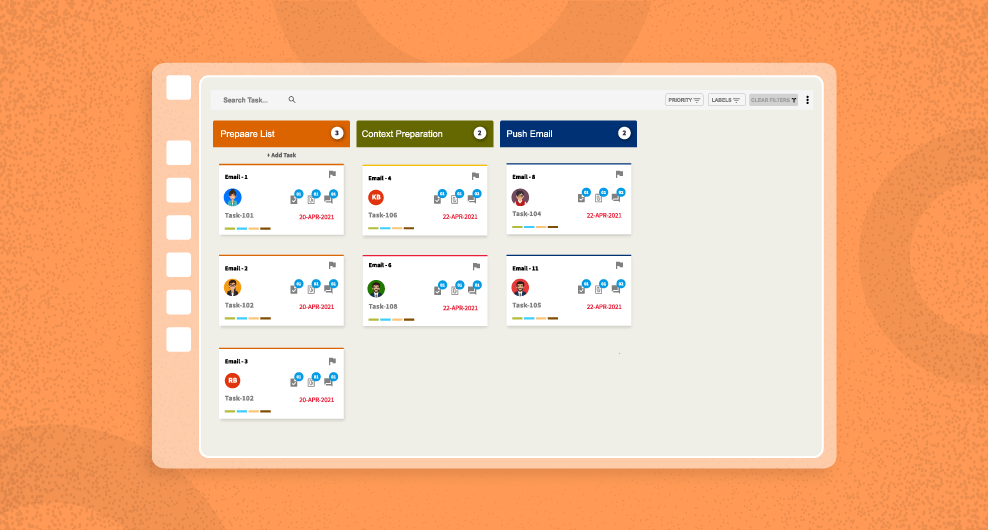Table of Contents
In today’s digital age, email marketing has become an essential tool for businesses to reach out to potential customers, especially in the B2B (Business-to-Business) space. However, with so many businesses using email marketing to promote their products and services, it can be challenging to stand out from the crowd.
In this blog post, we’ll provide you with strategies, tips, and examples for B2B email marketing that will help your business succeed.

Strategies for B2B Email Marketing
Personalize your emails
Personalization is the key to a successful B2B email marketing campaign. According to a report by Experian, personalized emails generate six times higher revenue than non-personalized emails. Therefore, it’s crucial to customize your emails to the recipient’s specific needs and interests. Start by segmenting your email list based on factors such as industry, job title, or location. Use this information to create targeted and personalized messages that resonate with your audience.
Focus on the subject line
The subject line is the first thing that recipients see when they receive your email, and it’s crucial to make it attention-grabbing. A subject line that’s too generic or salesy will likely end up in the recipient’s spam folder. Instead, focus on creating subject lines that are short, specific, and relevant to the recipient’s interests. Try using a question, a number, or a deadline to pique their curiosity and encourage them to open your email.
Keep your emails short and sweet
Your audience is busy, and they don’t have the time or patience to read long, verbose emails. Keep your messages short and to the point, focusing on the benefits and value of your product or service. Use bullet points or numbered lists to break up the text and make it easier to read. Include a clear call-to-action (CTA) that tells the recipient what you want them to do next, such as visiting your website or scheduling a demo.
Provide valuable content
B2B email marketing is not just about selling your products or services. It’s also an opportunity to provide valuable content that educates, informs, and entertains your audience. Consider creating a newsletter that includes industry news, case studies, or tips and tricks related to your products or services. This will help establish your business as a thought leader in your industry and build trust with your audience.
Test and optimize your emails
Finally, it’s essential to test and optimize your emails to ensure that they’re performing as well as possible. Use A/B testing to experiment with different subject lines, copy, images, and CTAs to see what resonates best with your audience. Use analytics to track metrics such as open rates, click-through rates, and conversions. Use this data to refine and improve your email marketing campaigns over time.
Tips for B2B Email Marketing
- Before you start any email campaign, make sure you know your target audience well. Understand their pain points, challenges, and what they are looking for in a solution.
- Divide your email list into smaller segments based on industry, job role, or any other relevant factor. This way, you can send more targeted and personalized messages to each group.
- Use the recipient’s name and other relevant information to personalize your emails. This will help you build a relationship with them and make them more likely to engage with your brand.
- B2B email recipients are often busy and receive a lot of emails. Make sure your emails are concise, to the point, and easy to read.
- The subject line is the first thing the recipient sees. Make sure it’s clear, concise, and compelling enough to encourage them to open the email.

- Clearly state what action you want the recipient to take, such as clicking a link, filling out a form, or contacting you for more information.
- Use A/B testing to test different elements of your emails, such as subject lines, calls-to-action, and content. This will help you optimize your emails for better engagement and results.
- Don’t forget to follow up with recipients who have shown interest in your emails. This could include sending additional information, scheduling a call, or offering a demo. Follow-up is key to building relationships and closing deals.
- Track your email campaign results, including open rates, click-through rates, and conversions. Use this data to refine your strategy and improve your future campaigns.
By following these tips, you can create effective B2B email campaigns that engage your target audience and drive results.
Examples of effective B2B email marketing campaigns
- Welcome Email: Welcome email is a great example of personalization. The email includes the recipient’s first name and provides valuable resources to help them get started with the platform.
- Onboarding Email: Onboarding email is short and sweet, providing a clear CTA to download the app and get started. The email also includes a personalized message from the recipient’s account manager.
- Newsletter: Newsletter provides valuable content related to landing pages and conversion optimization, establishing the company as a thought leader in their industry.
In conclusion, B2B email marketing can be a powerful tool for generating leads, building relationships, and closing deals. By understanding your audience, segmenting your list, personalizing your emails, and using clear calls-to-action, you can create effective email campaigns that engage your prospects and drive results. Additionally, testing and optimizing your campaigns and following up with interested recipients can help you refine your strategy and build long-lasting relationships with your target audience. With the right strategies, tips, and examples in mind, B2B email marketing can be a valuable addition to any marketing toolkit, helping you reach your business goals and stay ahead of the competition.




